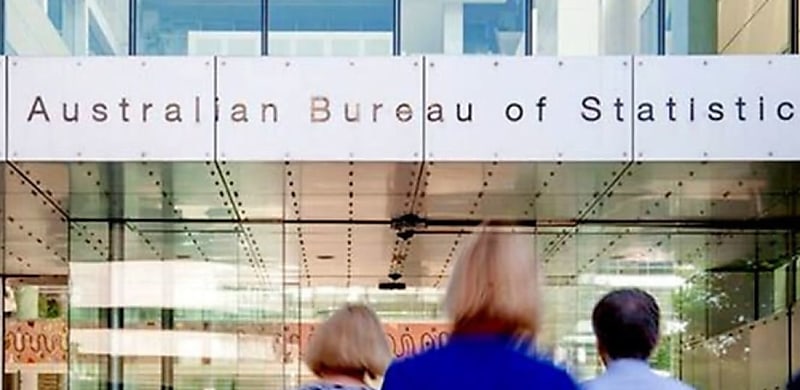
Mortgage interest charges have continued to impact employee household spending; however, some moderation is on the horizon, the ABS has shown.
The Australian Bureau of Statistics’ (ABS) latest Selected Living Cost Indexes (LCI) for June 2024 has found that all household types recorded an increase in quarterly living costs during the June quarter.
During the quarter, employee households were the most impacted by rising mortgage interest charges, which comprised a larger part of spending when compared to other household types.
The ABS recorded a quarterly increase of 1.3 per cent for this cohort, while annual spending grew by 6.2 per cent.
While this household type recorded the largest annual rise in living costs of all household types, this is still down from the peak of 9.6 per cent during the June quarter 2023.
The increase in mortgage interest charges rose due to the continued rollover of expired fixed rates onto higher variable rate mortgages, along with higher mortgage debt levels, according to the ABS.
For employee households, mortgage interest charges rose 2.6 per cent due to the rollover of fixed rates; however, this was down on the 7 per cent increase during the March quarter.
This was largely due to the residual impacts from banks passing on the Reserve Bank of Australia’s (RBA) cash rate rise in November 2023 to variable rate home loans, along with the fixed rate rollover.
ABS head of prices statistics Michelle Marquardt said that this was the first time since December 2010 that increases in living costs for all household types were “higher than the increase in the CPI”.
“Increases in living costs in the June 2024 quarter ranged from 1.2 per cent to 1.4 per cent, depending on the spending patterns of the different household types, compared to a rise of 1.0 per cent in the Consumer Price Index,” Marquardt said.
“Mortgage interest charges rose 26.5 per cent annually, continuing the moderation seen since the peak of 91.6 per cent in the June 2023 quarter.
“This reflects fewer rises in the Reserve Bank of Australia’s cash rate in the last 12 months and a slowing in the rollover of expired fixed rate mortgages to higher variable rate mortgages.”
Following the RBA’s monetary policy decision this week (6 August), RBA governor Michele Bullock said that while the board is “very conscious” of households and small businesses struggling under elevated interest rates, she explicitly said that a reduction in the cash rate is not on the board’s agenda.
"Based on what I know today, and what the board knows today, what we can say is that a near-term reduction in the cash rate doesn’t align with the board’s current thinking,” Bullock said.
"We’ve seen from overseas experience how bumpy inflation can be on the way down, and across the economy, we need to see supply and demand coming back into better balance.”
[RELATED: Majors observe hawkish shift in RBA’s stance]

